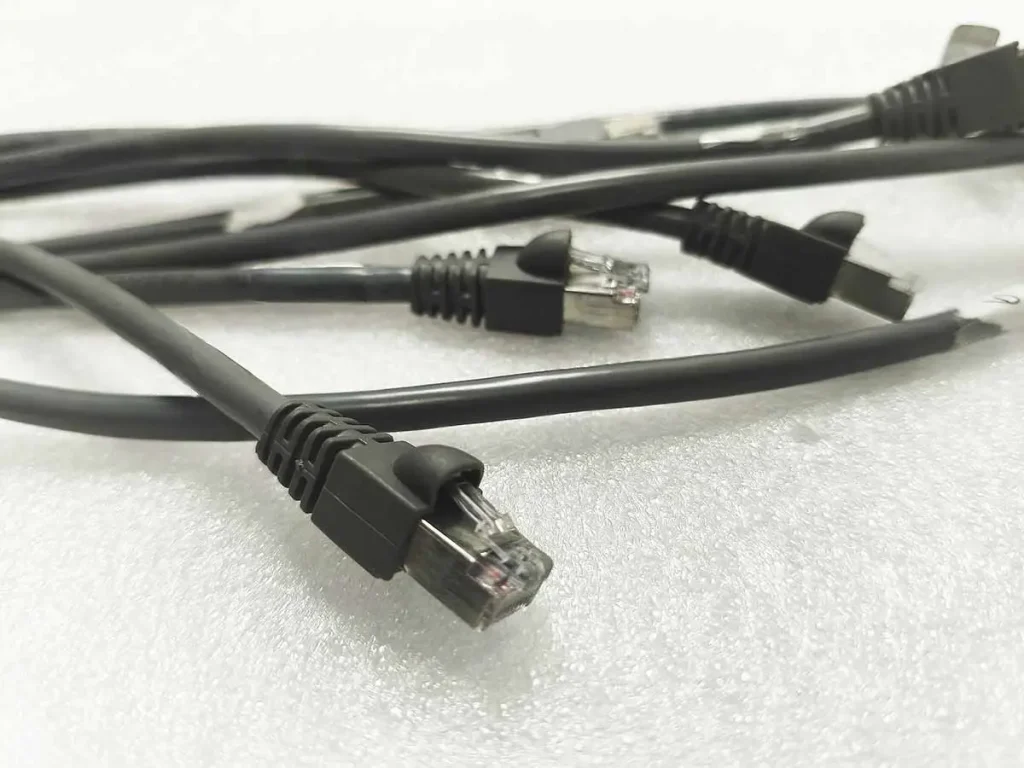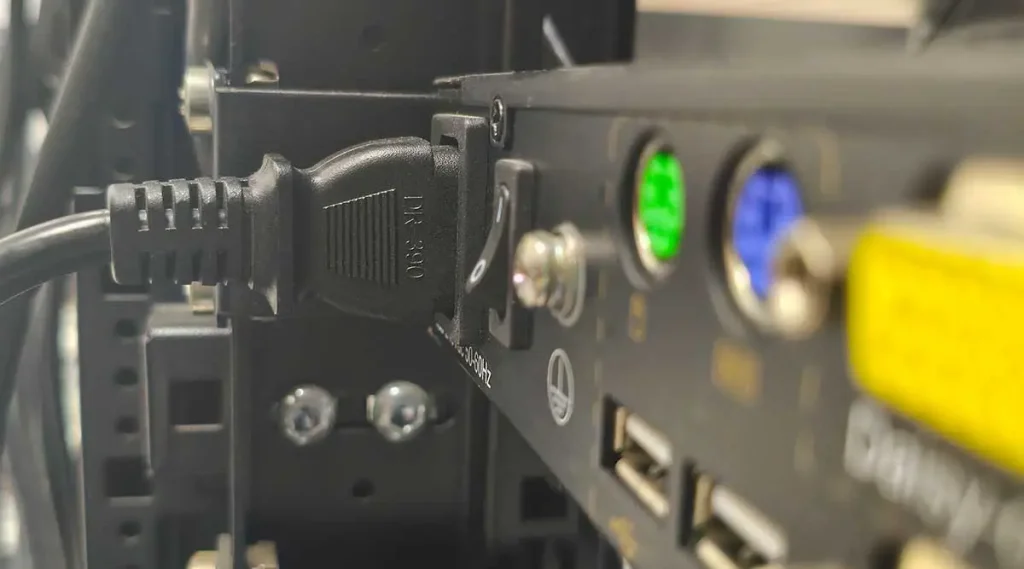KVM switches are commonly-used devices that can help people manage multiple computers effortlessly. Users can easily install and use them by connecting the cables to the right ports. However, there are still many problems when KVM switches are used for switching signals. For example, you finish connecting your computers to KVM switches but find that there is only a black screen. What causes that? In this article, we will explore the possible reasons and tell you how to transmit the KVM signals successfully.
What are the causes of a black screen?
The connections between devices
Before powering on the switches, it is important to ensure that all your devices are connected together properly and tightly. If you plug the cable into a wrong port, the KVM signals can’t be delivered successfully. And if the connection is loose, the signals can’t be delivered smoothly either.
The power supply of your KVM switch
Check the KVM power supply (some KVM devices require a separate power supply, especially for models 4K@60Hz and above). Make sure your devices have a sufficient power supply. Some KVM switches are equipped with a redundant power supply, which can ensure the smooth transmission of KVM signals.
The types and health of the cables
Make sure you choose the right types of cables and they are connected to the switches and computers tightly. Also, you need to check if your cables are damaged. If so, the signals can’t be delivered successfully.

The compatibility of your switches
KVM switches are usually compatible with multiple servers like Lenovo, HUAWEI, HP, IBM, Cisco and Dell, etc. If your switches are not compatible with your computers, they can’t receive signals and send them to the terminal console.
The resolution that your switches and computers support
If the output resolutions of your computers are higher than that your KVM switches support, the video or images can’t be shown. For example, the output resolution of your computer is 4K@120Hz, but the switch support only up to 4K@60Hz.
Firmware updates of your switches
It’s possible that your switches are not compatible with the new devices because the firmware is outdated. Some KVM switches support firmware updating. If you want to eliminate this problem, you can get a switch with this convenient function.
How to avoid a black screen when using KVM switches?
A black screen is not welcome when are using KVM switches. Then how can you optimize your equipment to avoid black screens? Based on the mentioned causes, the following key methods can help you.
Check Hardware Compatibility
The ports of switches should be compatible with that of servers and monitors. You can use adapters (like VGA to HDMI) if the devices are not compatible with each other. Another important step is choosing appropriate cables to ensure the successful connection between devices.
Optimize Signal Transmission
Write EDID information to the KVM switch in advance to force the servers or computers to output the optimum resolution, which can ensure the normal display of the picture or video.
Provide Stable Power Supply
Keep providing stable power supply to ensure the normal and uninterrupted operation of KVM switches. That is why many KVM switches are designed with redundant power supply. Plug in both power supplies of the device, and even if one of them loses power, the devices can still run smoothly.

Conclusion
When using a KVM switch to transfer KVM signals, a black screen can be caused mainly by the insufficient power supply, cable issues, compatibility, EDID emulation, and hardware updating. To avoid the black screen issue, you can check the compatibility, optimize signal transmission and ensure a stable power supply.
Of course, there may be other factors when encountering a black screen, and the specific reasons need to be investigated one by one according to the actual situation. For other issues, read FAQ for more solutions.



